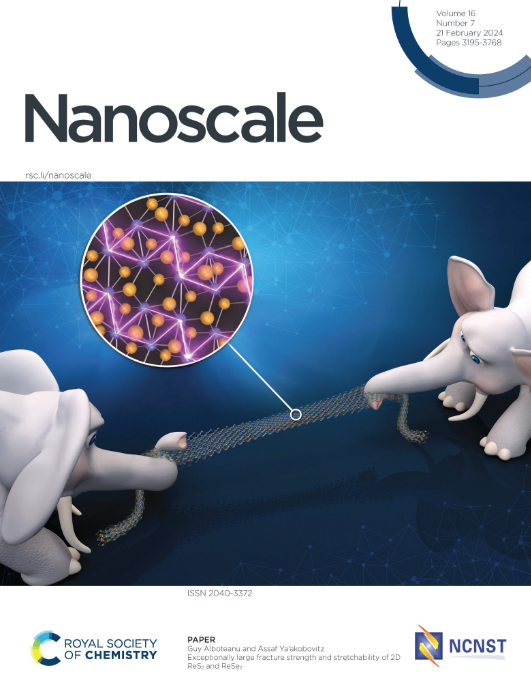Membrane-based Adsorbent Materials for Uranium Extraction from Seawater: Recent Progress and Future Prospects
IF 5.8
3区 材料科学
Q1 CHEMISTRY, MULTIDISCIPLINARY
引用次数: 0
Abstract
The global energy shortage problem is becoming more and more serious, and it is urgent to solve the energy shortage. Nuclear energy is considered to be a green, efficient and clean energy source. The reserves of uranium, an essential strategic nuclear fuel resource, have become pivotal in addressing the energy crisis. Compared with uranium resources on land, the ocean is rich in uranium resources. Therefore, uranium extraction from seawater has become an ideal choice. However, the variety of competing ions in seawater, the high salinity of seawater and the complex Marine environment make extracting uranium from seawater a huge challenge. In the context of assessing the economics and sustainability of the entire uranium separation process, membrane-based adsorbents are considered ideal materials for wholesale extraction of uranium from seawater due to their ease of collection and reuse. At present, the review of different types of membrane-based adsorbent materials, mainly including modified non-woven membrane, phase conversion membrane, and other types of membrane materials are given. In addition, this review summarizes the recent studies on the use of membrane-based adsorbents for extracting uranium from seawater and the prospects for their development. With the rapid development of membrane-based adsorbents towards uranium extraction from seawater, this review also discusses the challenges and prospects of this frontier field.求助全文
约1分钟内获得全文
求助全文
来源期刊

Nanoscale
CHEMISTRY, MULTIDISCIPLINARY-NANOSCIENCE & NANOTECHNOLOGY
CiteScore
12.10
自引率
3.00%
发文量
1628
审稿时长
1.6 months
期刊介绍:
Nanoscale is a high-impact international journal, publishing high-quality research across nanoscience and nanotechnology. Nanoscale publishes a full mix of research articles on experimental and theoretical work, including reviews, communications, and full papers.Highly interdisciplinary, this journal appeals to scientists, researchers and professionals interested in nanoscience and nanotechnology, quantum materials and quantum technology, including the areas of physics, chemistry, biology, medicine, materials, energy/environment, information technology, detection science, healthcare and drug discovery, and electronics.
 求助内容:
求助内容: 应助结果提醒方式:
应助结果提醒方式:


